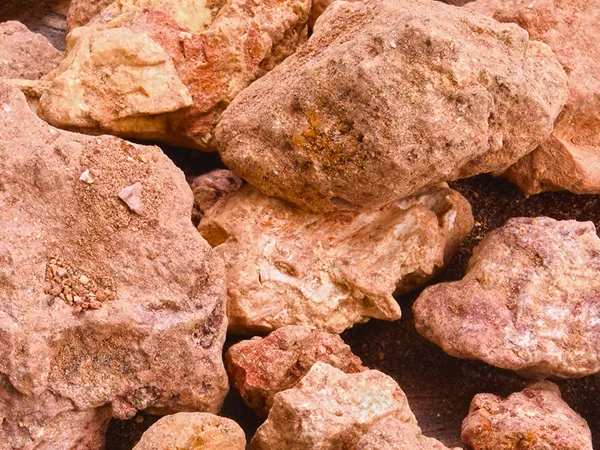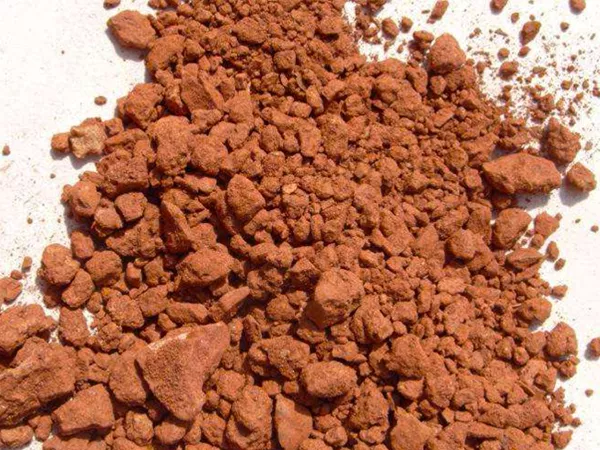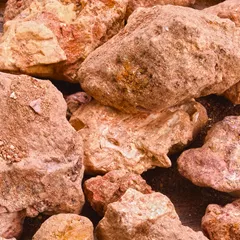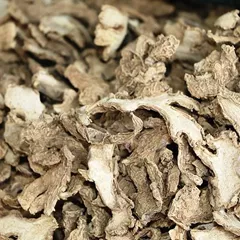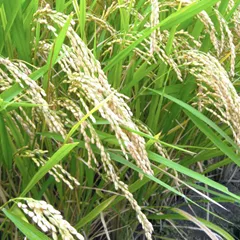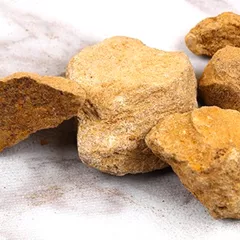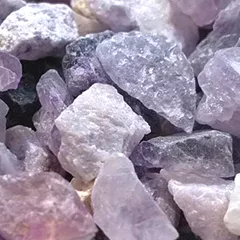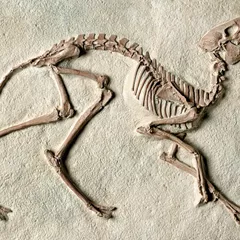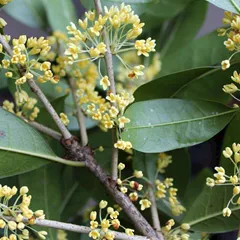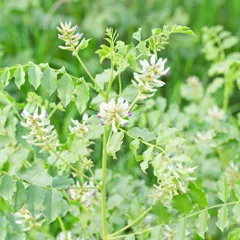Chi Shi Zhi
Chi Shi Zhi
English: Red Halloysite
Chinese: 赤石脂
Parts used: The mineral
TCM category: Herbs that stabilize and bind
TCM nature: Warm
TCM taste(s): PungentSourSweet
Organ affinity: Stomach Large intestine
Scientific name: Hydrated aluminium silicate
Use of Chi Shi Zhi (red halloysite) in TCM
Please note that you should never self-prescribe TCM ingredients. A TCM ingredient is almost never eaten on its own but as part of a formula containing several ingredients that act together. Please consult a professional TCM practitioner, they will be best able to guide you.
Preparation: Remove imperatives, heat on top of fire, crash before use.
Dosage: 9-12g
Main actions according to TCM*: Astringe the Large Intestine. Stop bleeding. Promote tissue regeneration and wound healing.
Primary conditions or symptoms for which Chi Shi Zhi may be prescribed by TCM doctors*: Chronic diarrhoea Undigested food in stools Chronic dysentery Abnormal uterine bleeding Excessive menstrual discharge Trauma bleeding Prolapsed rectum Weeping sores Blood in stools
Contraindications*: Contraindicated for these patients with Damp-Heat related diarrhea or early stage dysentery. Use with caution during pregnancy.
Common TCM formulas in which Chi Shi Zhi is used*
Tao Hua Tang
Source date: 220 AD
Number of ingredients: 3 herbs
Formula key actions: Warms the Middle. Dispels Cold. Binds up the bowels and stops dysenteric disorders.
Conditions targeted*: Ulcerative colitisCrohn's disease and others
Chi Shi Zhi is a king ingredient in Tao Hua Tang. Like the name indicates, it means it has more power than other ingredients in the formula.
In Tao Hua Tang, Chi Shi Zhi warming and astringent. It binds up the Intestines and stabilizes the disorder. Due to its warming nature, it is
especially useful for treating blood and pus in the stool due to Cold from Yang Deficiency.
Half of the formula is taken as a powder so that the substance itself reaches the Intestines and this will increase its absorptive action.
Zhen Ling Dan
Source date: 1107 AD
Number of ingredients: 8 herbs
Formula key actions: Stabilizes uterine bleeding . Clears Blood Stagnation .
Conditions targeted*: Dysfunctional uterine bleedingPelvic inflammatory disease and others
Chi Shi Zhi is a king ingredient in Zhen Ling Dan. Like the name indicates, it means it has more power than other ingredients in the formula.
In Zhen Ling Dan, Chi Shi Zhi astringent and excels at stopping bleeding and discharge.
Feng Yin Tang
Source date: 220 AD
Number of ingredients: 12 herbs
Formula key actions: Extinguishes and pacifies Wind with heavy medicinals. Calms the Mind. Clears Heat.
Conditions targeted*: EpilepsyStroke and others
Chi Shi Zhi is a deputy ingredient in Feng Yin Tang. This means it helps the king ingredient(s) treat the main pattern or it serves to treat a coexisting pattern.
In Feng Yin Tang, Chi Shi Zhi is heavy in nature and is used to pacify the Wind. It also counterbalances the draining nature of Rhubarb and the heaviness of the mineral and animal herbs.
Key TCM concepts behind Chi Shi Zhi's properties
In Traditional Chinese Medicine (TCM), Chi Shi Zhi belongs to the 'Herbs that stabilize and bind' category. This category of herbs is used for treating abnormal discharges and displacement of Organs. This includes conditions such as diarrhea, discharges from the vagina, penis or rectum as well as prolapse of the Uterus or rectum. It is important to note that herbs in this category only treat symptoms, so one should also use herbs to treat the underlying Deficiency.
Furthermore Chi Shi Zhi is Warm in nature. This means that Chi Shi Zhi tends to help people who have too much 'Cold' in their body, although with less effect than a plant that would be Hot in nature. Balance between Yin and Yang is a key health concept in TCM. Those who have too much Cold in their body are said to either have a Yin Excess (because Yin is Cold in nature) or a Yang Deficiency (Yang is Hot in Nature). Depending on your condition Chi Shi Zhi can help restore a harmonious balance between Yin and Yang.
Chi Shi Zhi also tastes Pungent, Sour and Sweet. The so-called 'Five Phases' theory in Chinese Medicine states that the taste of TCM ingredients is a key determinant of their action in the body. Pungent ingredients like Chi Shi Zhi tends to promote the circulations of Qi and Body Fluids. That's why for instance someone tends to sweat a lot when they eat spicy/pungent food. On the other hand Sour ingredients help with digestion and restrain abnormal discharges of Fluids from the body, such as diarrhea or heavy sweating. Lastly Sweet ingredients tend to slow down acute reactions and detoxify the body. They also have a tonic effect because they replenish Qi and Blood.
The tastes of ingredients in TCM also determine what Organs and Meridians they target. As such Chi Shi Zhi is thought to target the Stomach and the Large intestine. In TCM the Stomach is responsible for receiving and ripening ingested food and fluids. It is also tasked with descending the digested elements downwards to the Small Intestine. The Large Intestine on the other hand receives the "impure" parts of the digested food from the Small Intestine, absorbs the remaining fluids and excrete the remainder as feces.

